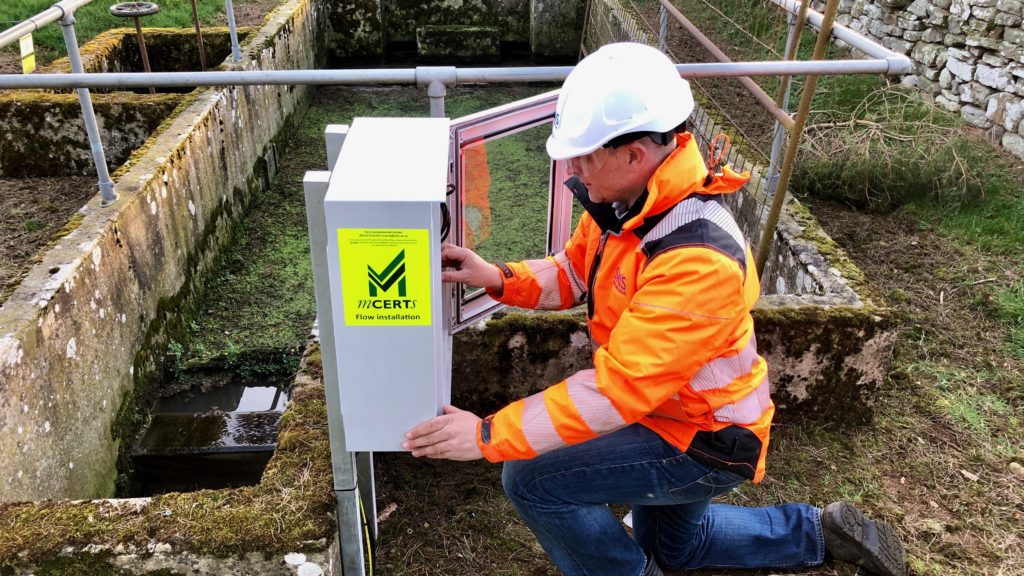
Guide to: getting ready for your MCERTS inspection
Preparing for your MCERTS inspection might seem daunting – even if you’re used to the process. In this guide, we’ll be explaining the steps you need to
Introduce an accurate, reliable system to produce the data needed to understand effluent flow levels.
In a 6-monthly MCERTS inspection for this North West based food processing plant, inspectors had highlighted that an incumbent, older wastewater monitoring system was likely to be producing inaccurate data.
After being contacted by the client, the SIRIS team quickly got to work in understanding the site requirements and environment to see where improvements could be made.

Flow measurement checking initially took place, which confirmed the unreliability of the existing system. The team then set to work in calculating the systems required to meet legal, environmental and production requirements on the site.
Accuracy was key to this food manufacturer, given the high annual volume of wastewater and the impact reliable data would have on associated effluent charges. Modern standards of data requirements had changed considerably since installation of the initial system and it was clear that this one was no longer meeting the client’s needs.
A new system was specified and installed in March 2021 that included a weir tank, ultrasonic flow meter, sampler and PH monitoring system. All information was linked to the cloud data logging system, meaning data was available remotely by various stakeholders. The redesign would bring the system up to modern BS/ISO standards, as well as being MCERTS compliant and, importantly, ensure a high level of data accuracy.
The system was delivered, commissioned and calibrated by the SIRIS installs team, with ongoing support and aftercare provided to client.
“The passion and knowledge of the SIRIS team was evident from day one. Their personal approach and willingness to go the extra mile to get the right result was appreciated and we had absolute trust in them to deliver the right result.”
Reliable and compliant effluent flow monitoring that allowed the client to realise reductions in effluent flow charges.
The cloud-based data now available showed that the volume of wastewater being produced was much reduced from what had been estimated previously.

In introducing a system that accurately measured the flow of wastewater being discharged from the site, the client’s on-site team was able to see and report the true volume of flow.
The consequent reduction in trade effluent charges between 2020 to 2021 amounted to £170,000. Although a reduction in production output was attributed to a proportion of this decrease, the client confirmed that the majority was due to the improved data accuracy in wastewater volume reporting.
In addition to the cost-saving benefits, the system was now compliant with modern BS and ISO standards and was able to produce data to help the business understand ongoing environmental and production KPIs.
Read about our other guides, insights and projects happening in SIRIS.

Preparing for your MCERTS inspection might seem daunting – even if you’re used to the process. In this guide, we’ll be explaining the steps you need to

We’d like to introduce you to the experts who make up our team here at SIRIS. This month we’re talking to Trainee Servicing &
How can Siris Environmental help you?